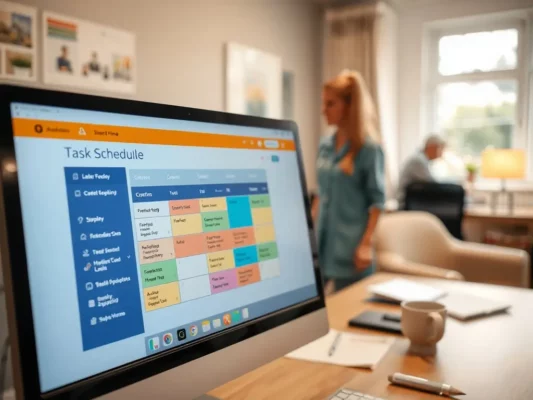The UK care sector is undergoing a major digital transformation, and AI is at the heart of it. From predictive analytics to pain detection, innovative technologies are enhancing care quality and streamlining operations. But what does this mean for care providers? Let’s explore.
🤖 AI-Powered Monitoring Systems
AI is helping care home staff identify risks before they become emergencies. Tools like Health Call allow staff to upload observations for clinicians to review, reducing unnecessary hospital admissions. This means faster response times and better care for residents. (Source)
🧐 AI for Pain Detection
For residents who struggle to communicate, AI-driven tools like PainChek analyze facial micro-expressions to detect discomfort. This is a game-changer for dementia care, where unrecognized pain can lead to distress and deteriorating health. (Source)
💪 Overcoming Workforce Challenges with AI
Staff shortages remain a pressing issue in the sector. AI-driven automation in documentation and reporting helps reduce administrative burdens, allowing caregivers to focus more on person-centered care. AI doesn’t replace humans—it supports them.
🌐 Ethical Considerations: Balancing AI with Human Care
While AI offers incredible benefits, we must ensure it doesn’t replace the human touch that residents need. Striking a balance between efficiency and compassionate care is crucial. How do we ensure technology enhances rather than replaces human connection? (Source)
💬 What’s Next?
AI adoption in care homes is no longer a ‘future’ concept—it’s happening now. The question is: how can care providers make the most of these advancements while keeping care personal and compassionate?
What are your thoughts on AI in care homes? Let’s discuss in the comments! ✨🤝
#CareHomes #DigitalTransformation #AI #HealthcareInnovation #SocialCare




